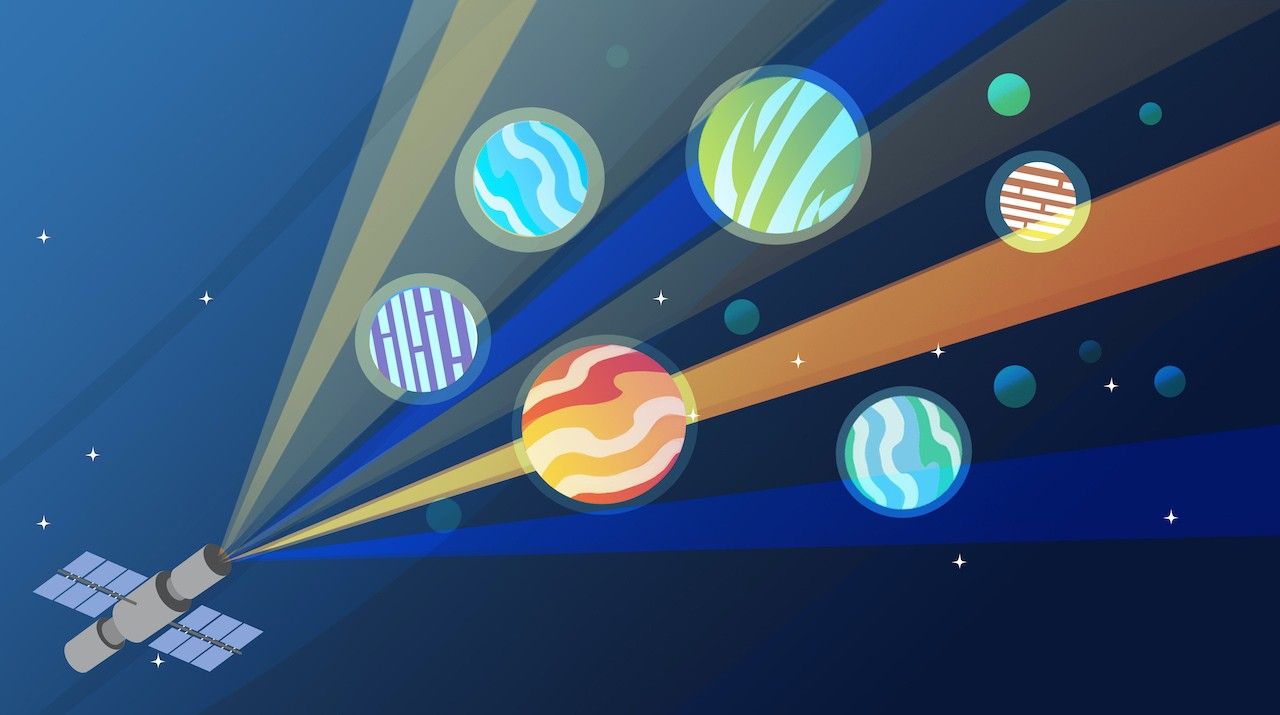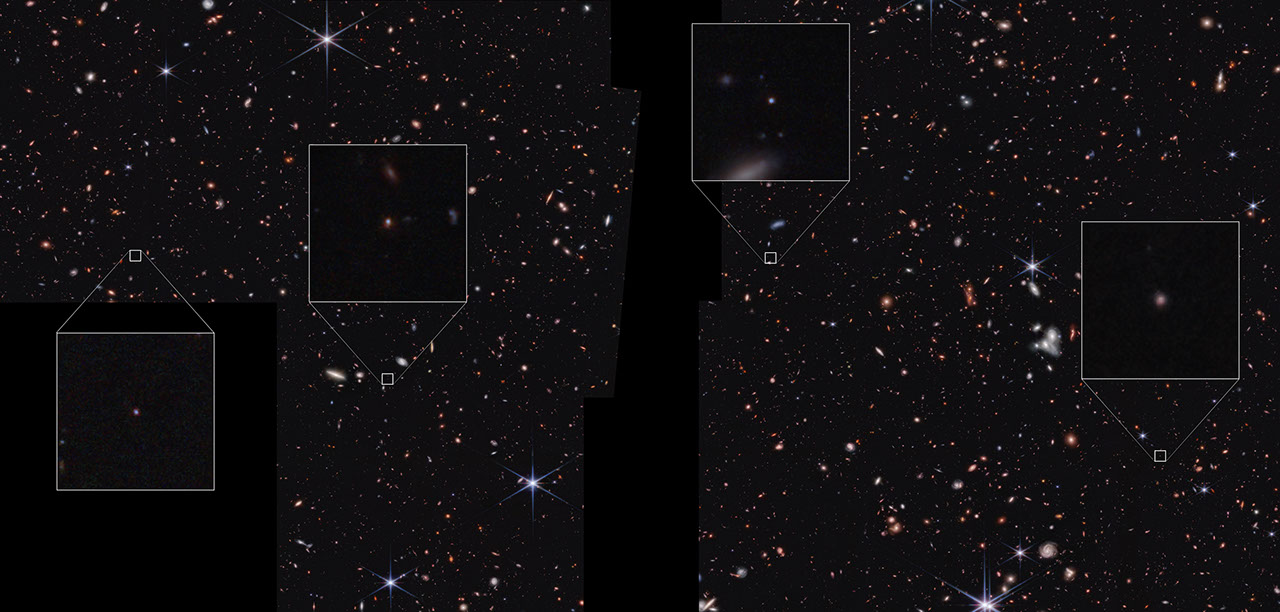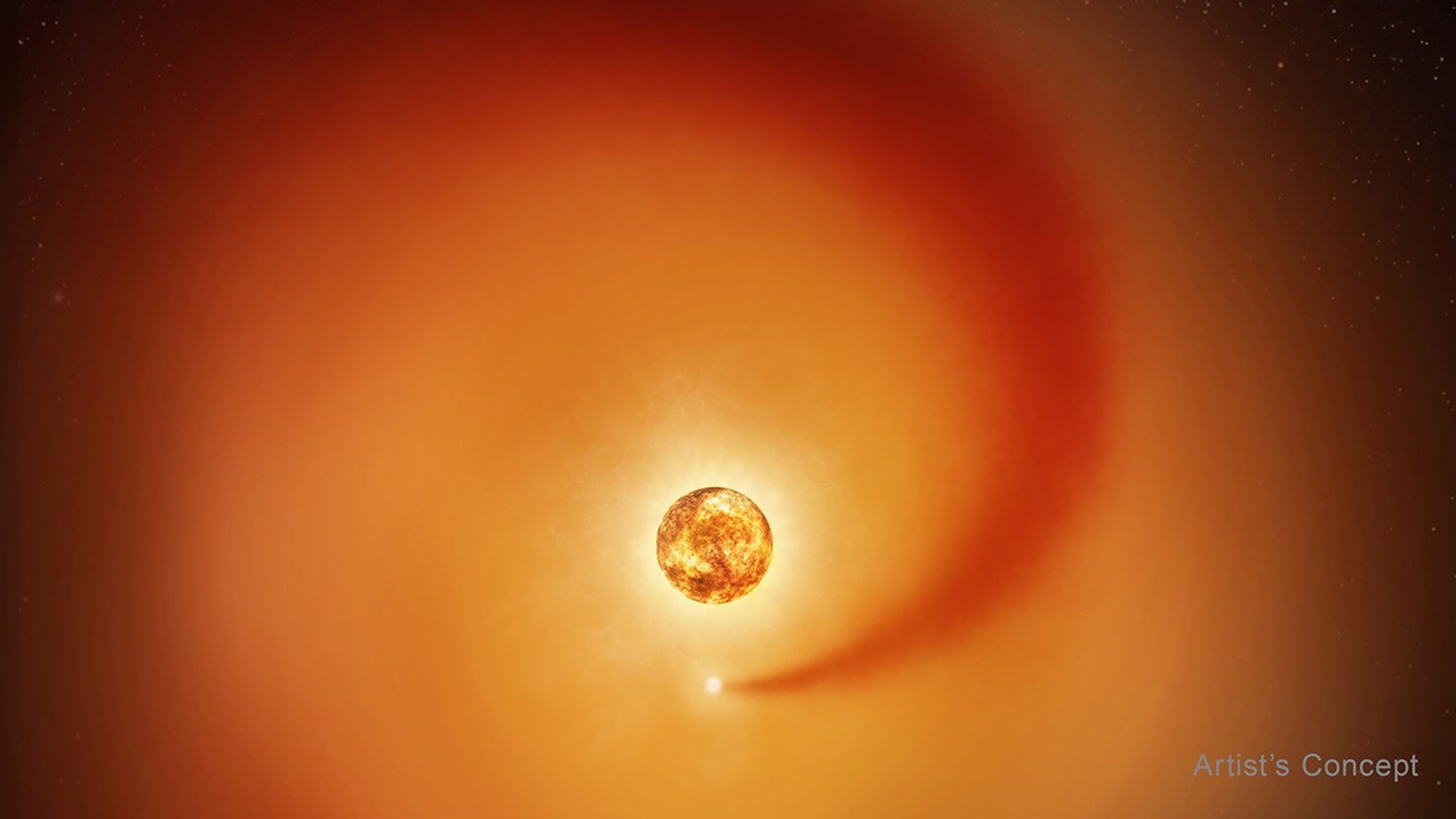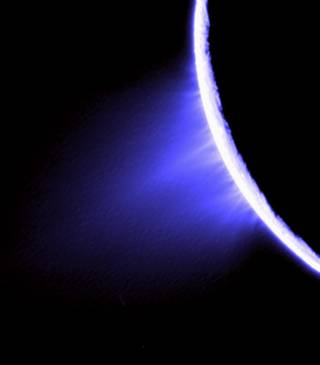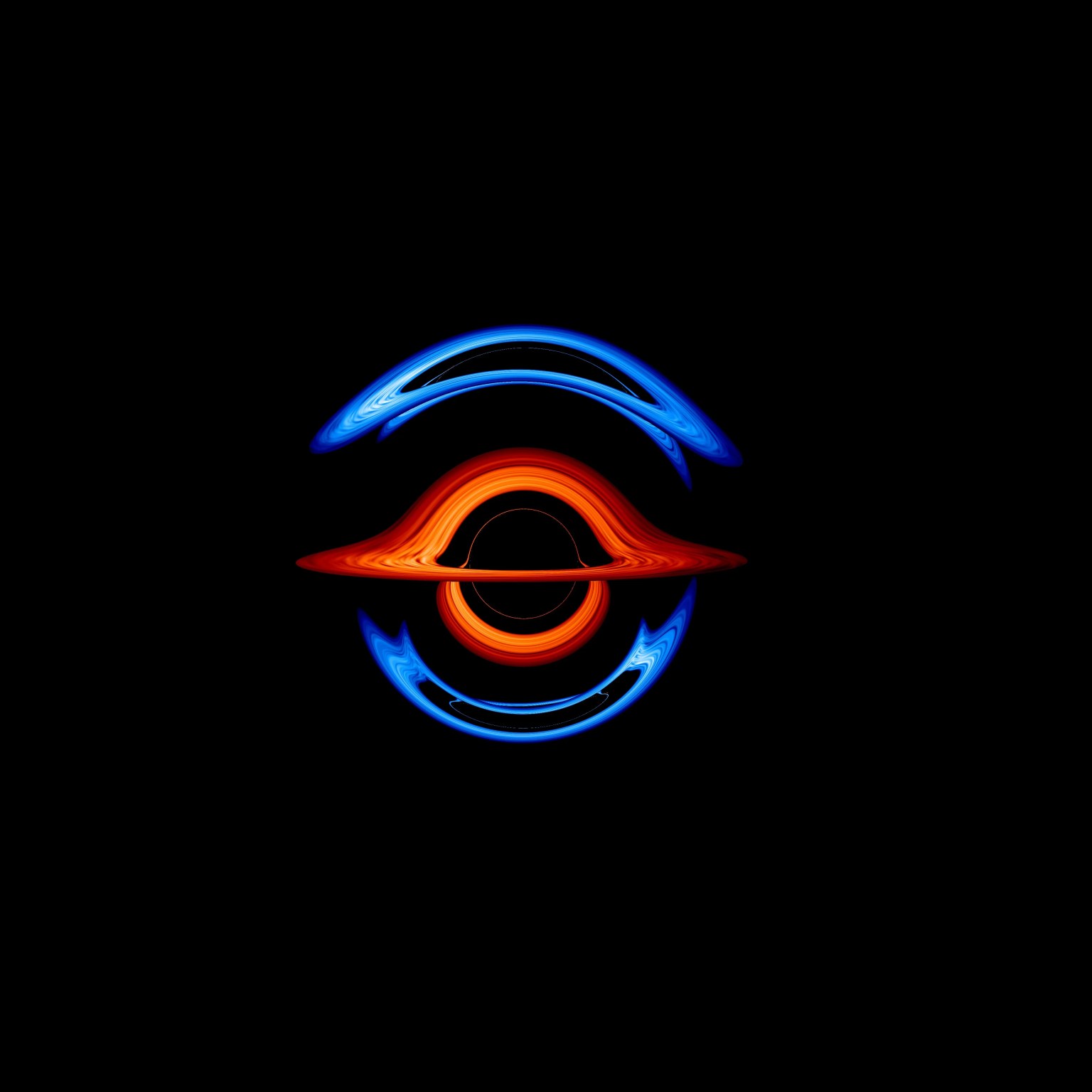If telescopes are humanity’s eyes on the universe, our vision is growing sharper by the decade.
Starting in the late 1990s, we saw what was thought to be impossible: the shadows of planets, hundreds to thousands of light-years away, as they crossed the faces of their stars. We also watched the gyrations of stars from the gravitational tugs of orbiting planets, revealing the planets’ “mass” or heft.
NASA’s Hubble and Spitzer space telescopes then opened a window on the atmospheres of these far distant worlds, capturing early evidence of the gases present. Now we’re on the verge seeing more detail than ever before, scanning the gases of these worlds for possible signs of life.
And as our “eyes,” in space and on the ground, reach ever farther, the universe seems ever stranger.
“Every new telescope that gets launched gives us a totally new way of looking at the universe,” said Erika Hamden, a University of Arizona assistant professor and a NASA Roman Technology Fellow. “We always discover all these weird, interesting things because the universe is very weird and strange.”
NASA’s array of technological marvels includes the Kepler Space Telescope, now retired, and its successor, TESS, the Transiting Exoplanet Survey Satellite, still operating on an extended mission. Both were built to hunt for those shadows – a tiny dip in starlight as an “exoplanet,” a planet beyond our solar system, crosses the face of its parent star. Finding exoplanet shadows is called the “transit” method.
On the ground, more telescopes are being equipped with instruments that measure changes in the light from stars as they are pulled away from us, or pushed a bit closer. The push and pull comes from orbiting planets, and the detection method is known as the radial velocity technique.
And the next generation of space telescopes will bring a sea change in the planet search: measuring the atmospheres of the planets themselves.
“So far, we’ve confirmed more than 4,000 exoplanets,” said Mario Perez, the chief technologist in the Astrophysics Division at NASA Headquarters in Washington. “Discovering additional planets could become great additions to our current sample. But now, a pressing goal is characterizing them – getting to know their intrinsic attributes to assess the possibility of habitability.”
First on deck for this new generation: NASA’s James Webb Space Telescope, a giant among robotic spacecraft that looks like nothing previously seen. Imagine a huge, segmented, gold-coated light-collecting dish attached to a giant silver sunshade – a little like a piece of honeycomb riding atop a shingle that would cover the better part of a tennis court.
The Webb telescope will be a very busy observatory after its launch, targeted for October 2021. It will plumb the depths of the universe and try to uncover secrets of the earliest galaxies, black holes, and other cosmological phenomena. One of its jobs, however, will be to capture starlight shining through the atmospheres of exoplanets. Gases in these atmospheres will block out certain slices of the spectrum in this starlight, in a way that scientists can read like a bar code – a light-sifting method known as spectroscopy.
In a sense, Webb will take “samples” of exoplanet atmospheres. In some cases, this might include searching for potential signs of life in these gases – biosignatures – although that investigation is far more likely to be taken up by even more powerful space telescopes in the future.
“I think we will be successful, eventually, in detecting life on distant worlds through atmospheric characterization routes,” said Nick Siegler, chief technologist for NASA’s Exoplanet Exploration Program at the Jet Propulsion Laboratory in Southern California.
Another space telescope that will advance the goal of exoplanet characterization is named after Nancy Grace Roman, NASA’s first chief astronomer. Likely to launch in the mid 2020s, the Roman telescope will include an intricate piece of technology called a coronagraph. This system of masks, shape-changing mirrors, and detectors inside the telescope will blot out the light from a star, revealing the planets around it. The pixels of light from the planets themselves can be split into a spectrum, allowing spectroscopic analysis.
The Roman telescope will have the power to capture direct images of large, gaseous planets unlikely to be habitable worlds, though probably not smaller targets. But this technology demonstration will point the way to the future: spaceborne instruments that could look in on a rocky planet the size of Earth and search for familiar gases – oxygen, methane, carbon dioxide – that, seen together, might indicate the presence of life.
A 'dimmer switch' for stars
Critical to any observation of such exoplanets is squelching the glare from the parent star. The intense starshine otherwise drowns out the dim light from its planets – in the case of Earth-sized planets orbiting Sun-like stars, overwhelming it by a factor of 10 billion.
“The hard part is suppressing all of that starlight from the host star, to give you a fighting chance to collect the minuscule amount of reflected light from the exoplanet,” Siegler said. “The key technology is starlight suppression.”
So those starlight-muting coronagraphs will mark a major advance. But concepts for starlight blocking technology are not confined to the inside of a telescope. NASA scientists also are working on early designs for an unusual proposal: a spacecraft shaped like a sunflower that, once fully unfurled, would be the size of a baseball diamond.
Called the “starshade,” it would propel itself to a position some 25,000 miles (40,000 kilometers) ahead of a space telescope. The petals of this huge screen would cast a deep, dark shadow on the telescope, blocking the light from a star and allowing the space telescope to capture photons – particles of light – directly from planets in the star’s orbit.
Coupled with a powerful telescope, these starlight-blocking technologies could yield the first direct images of a potential life-bearing world – another blue and white marble, or perhaps even an orange one.
“It would be the birth of something that never really existed before,” said Aki Roberge, an astronomer at NASA’s Goddard Space Flight Center in Greenbelt, Maryland. “Comparative exobiology, comparing two independent evolutionary histories, two presumably different origins of life.”
Potential signs of life, of course, might be detected among the planets in our own solar system – or, more speculatively, via signals from intelligent, technological lifeforms somewhere in the galaxy. But capturing signs of biological activity from exoplanets is a higher technological hurdle. We’ll need not just starlight suppression and spectroscopy but new analytical tools, such as computer models that simulate possible exoplanet atmospheres.
“At the end of the day, we’re not going to see little green aliens riding around in spacecraft,” Siegler said. “We’re going to have to piece the story together. Information about temperature, pressure, and gases – plugged into a sophisticated exoplanet atmospheres model – is going to be the way that scientists conclude whether or not an exoplanet is possibly habitable.”
All these rapidly advancing technologies are NASA’s – and humanity’s – way of answering an age-old question: Are we alone?
“It’s one of those fundamental questions people have been arguing about, philosophers have argued about, for who knows how long – possibly millennia,” Roberge said. “We could actually find out: Is Earth common or rare? Is life common or rare? We honestly have zero clue what habitable or inhabited planets look like in general. We really need to just take a look.”




























